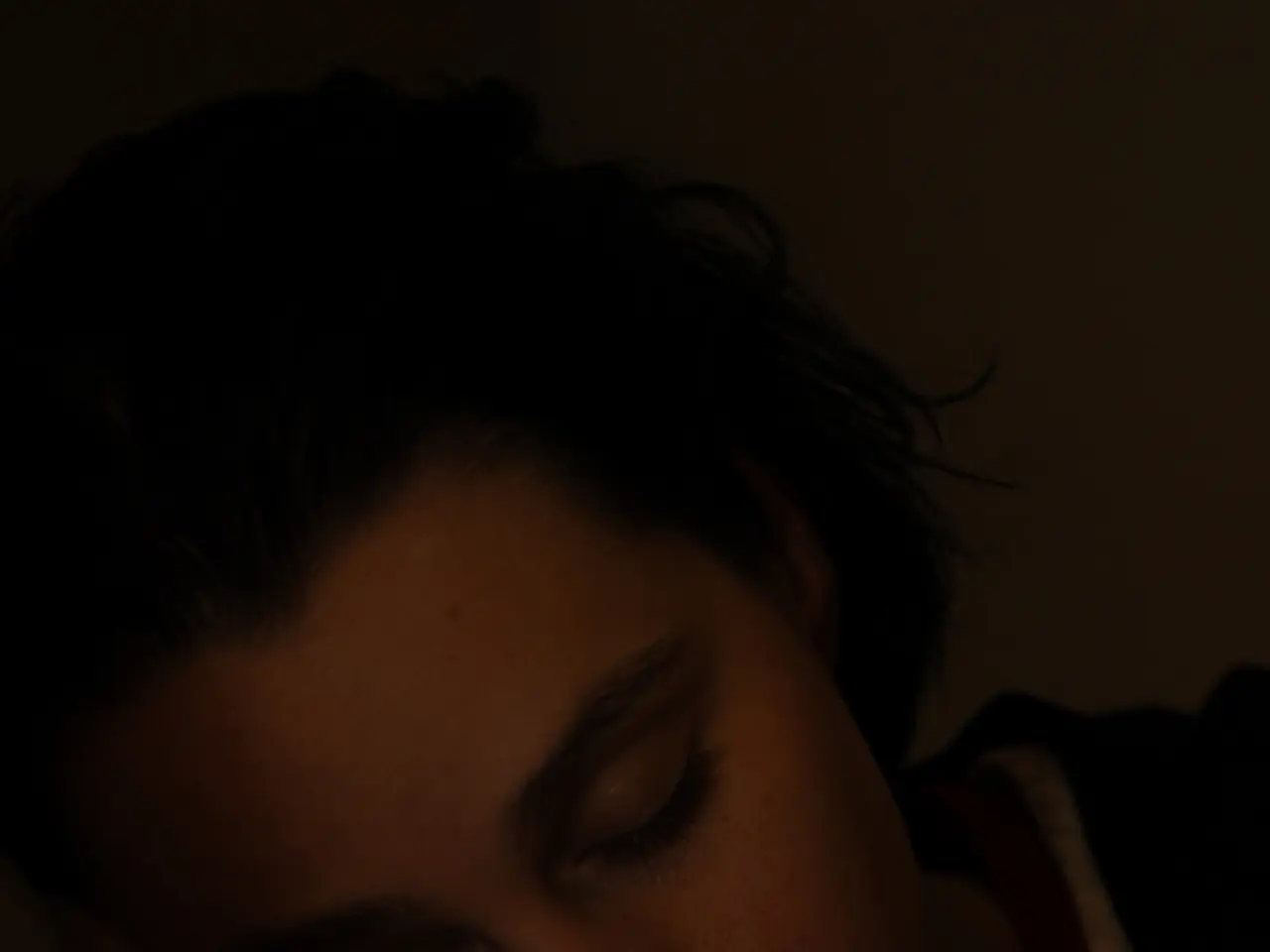Vision issues in low light: Signs and remedies
Night blindness, also known as nyctalopia, is a symptom of an underlying eye condition that results in vision impairment while in dim lighting. This common issue can make it challenging to navigate in the dark, from moving around in a dimly lit room to driving at night.
Several underlying conditions can cause night blindness. One of the most common is cataracts, which occur when the lens of the eye becomes cloudy, often due to aging. This clouding of the lens blocks or distorts light entering the eye, impairing low-light vision and leading to night blindness.
Other conditions that may lead to night blindness include glaucoma, nearsightedness, choroideremia, dry eye, keratoconus, optic nerve atrophy, eye strokes (retinal artery occlusion), retinal detachment, severe myopia, and diabetic retinopathy. Each of these conditions affects the eye's ability to process light or damages the retina and optic nerve pathways critical for vision in dim light.
Glaucoma, for example, is a group of eye conditions where damage to the optic nerve, which connects the eye to the brain, causes pressure in the eye. This pressure can impair both peripheral and central vision, including night vision. Some glaucoma medications can also constrict pupils, worsening night blindness.
Nearsightedness, or myopia, is a condition where the eye grows too long and no longer focuses light correctly, causing difficulty seeing objects in the distance. This can also impact low-light vision, leading to night blindness.
To identify night blindness, the American Academy of Ophthalmology suggests asking if moving around in dim light is a challenge, driving at night is increasingly difficult, recognizing faces in dim light is problematic, it takes an abnormally long time to adjust to a light room after being in the dark, it takes a long time to see in a darkened room after being in the light, or if there are other symptoms like headache, eye pain, nausea, vomiting, blurry or cloudy vision, sensitivity to light, difficulty seeing into the distance, or if there are other symptoms.
While several underlying conditions can cause night blindness, there are ways to manage the symptoms. Treatment for night blindness varies depending on the cause. For example, vitamin A deficiencies, which can have a serious impact on vision, can be addressed by consuming foods rich in this essential nutrient, such as eggs, fortified cereals, fortified milk, orange and yellow vegetables and fruits, cod liver oil, and dark, leafy green vegetables.
In some cases, night blindness may not be treatable. This is true for Retinitis Pigmentosa, a group of rare genetic disorders that damage the retina, resulting in difficulty seeing in low light. Currently, there is no known treatment for Retinitis Pigmentosa.
In severe cases, eye surgery may be necessary, such as cornea reshaping, cataract removal, or glaucoma pressure release procedures. However, in many cases, straightforward treatments can significantly improve vision at night and alleviate symptoms of the underlying condition.
Taking precautions to lower risks, such as not driving at night or avoiding moving around in the dark, can also be helpful. Wearing sunglasses can protect the eye from ultraviolet light, which can further damage the retina and exacerbate night blindness symptoms.
In conclusion, night blindness is a symptom of an underlying eye condition and addressing the underlying disease is essential for managing night blindness symptoms effectively. If you are experiencing night blindness, it is crucial to consult with an eye care professional for a proper diagnosis and treatment plan.
- Some underlying medical conditions, such as cataracts, glaucoma, nearsightedness, choroideremia, dry eye, keratoconus, optic nerve atrophy, eye strokes (retinal artery occlusion), retinal detachment, severe myopia, and diabetic retinopathy, can lead to night blindness by affecting the eye's ability to process light or damaging the retina and optic nerve pathways critical for vision in dim light.
- Science and medical research have found that vitamin A deficiencies, which can have a serious impact on vision, can be addressed by consuming foods rich in this essential nutrient, such as eggs, fortified cereals, fortified milk, orange and yellow vegetables and fruits, cod liver oil, and dark, leafy green vegetables.
- While Retinitis Pigmentosa, a group of rare genetic disorders that damage the retina, resulting in difficulty seeing in low light, currently has no known treatment, many other underlying eye conditions causing night blindness are treatable.
- In some cases, eye surgery may be necessary to manage night blindness caused by severe eye conditions, such as cornea reshaping, cataract removal, or glaucoma pressure release procedures.
- To protect eye health and manage night blindness symptoms, taking precautions like wearing sunglasses to protect the eye from ultraviolet light and avoiding moving around in the dark or driving at night can be helpful.
- If experiencing night blindness, it is essential to consult with an eye care professional for a proper diagnosis and treatment plan as addressing the underlying disease is crucial for managing night blindness symptoms effectively and ensuring overall eye health and mental health, including avoiding potential complications such as Alzheimer's disease, which has been linked to poor eye-health and general health-and-wellness.




